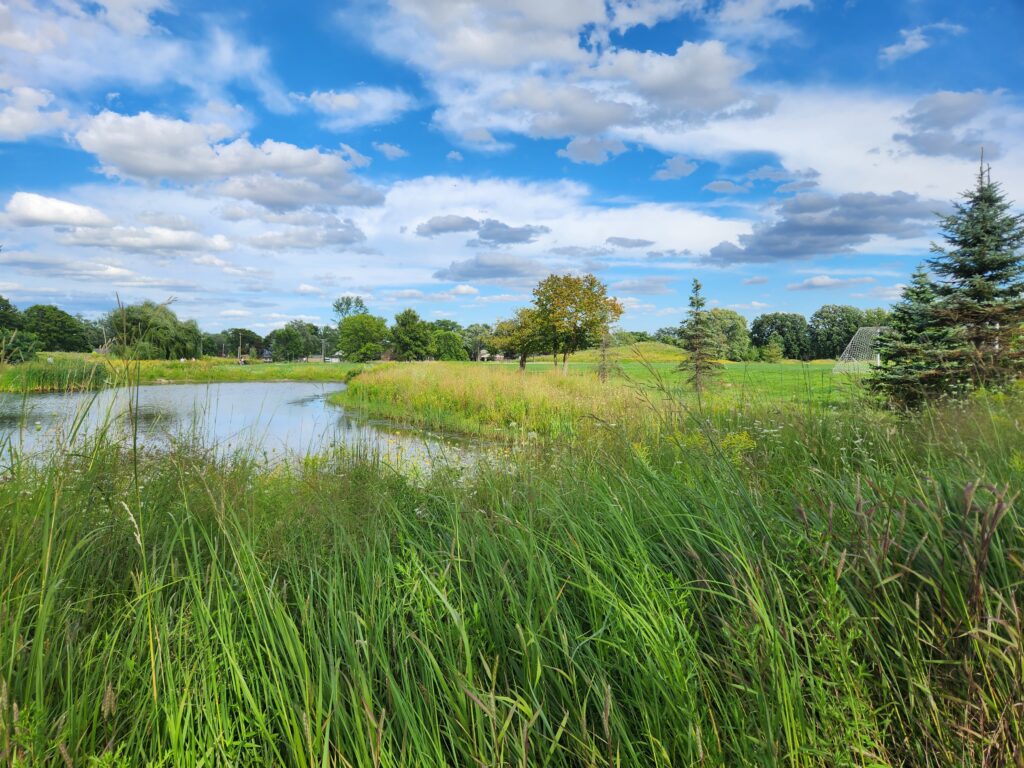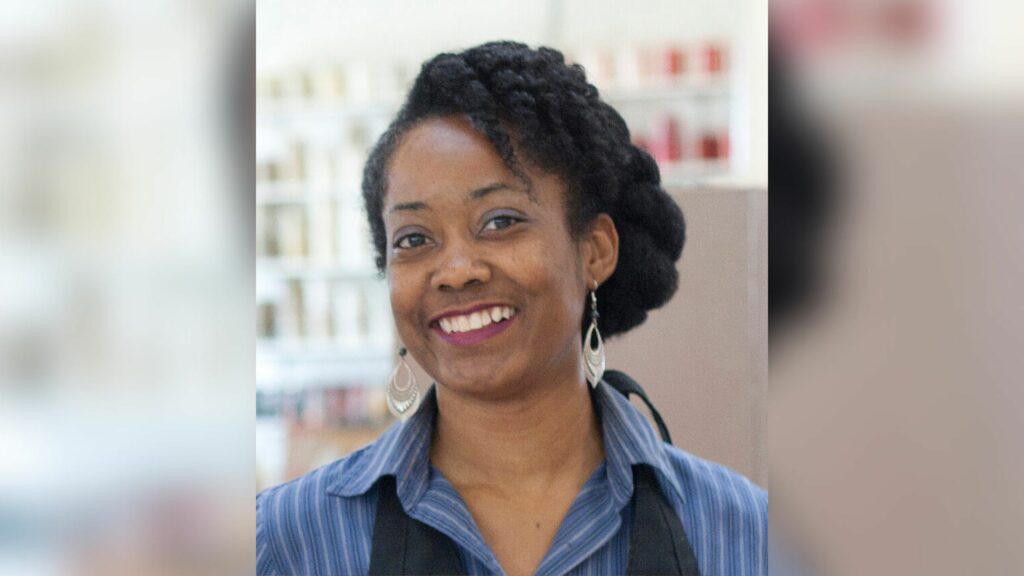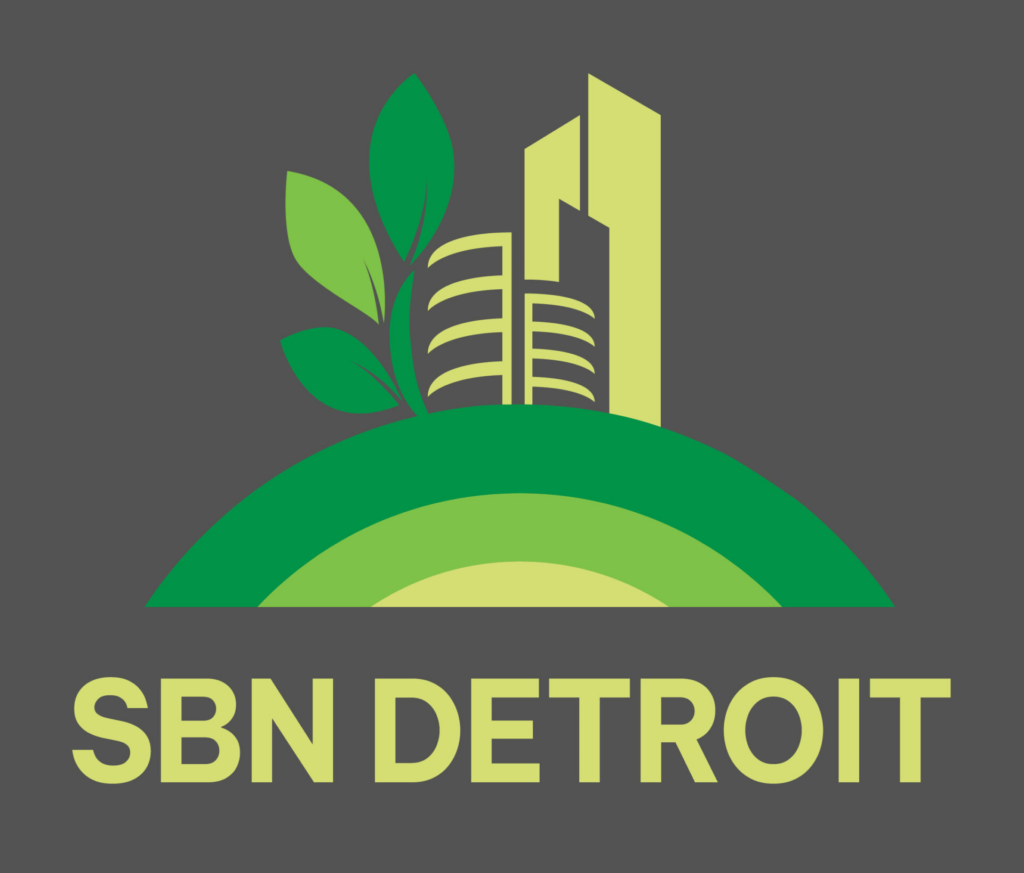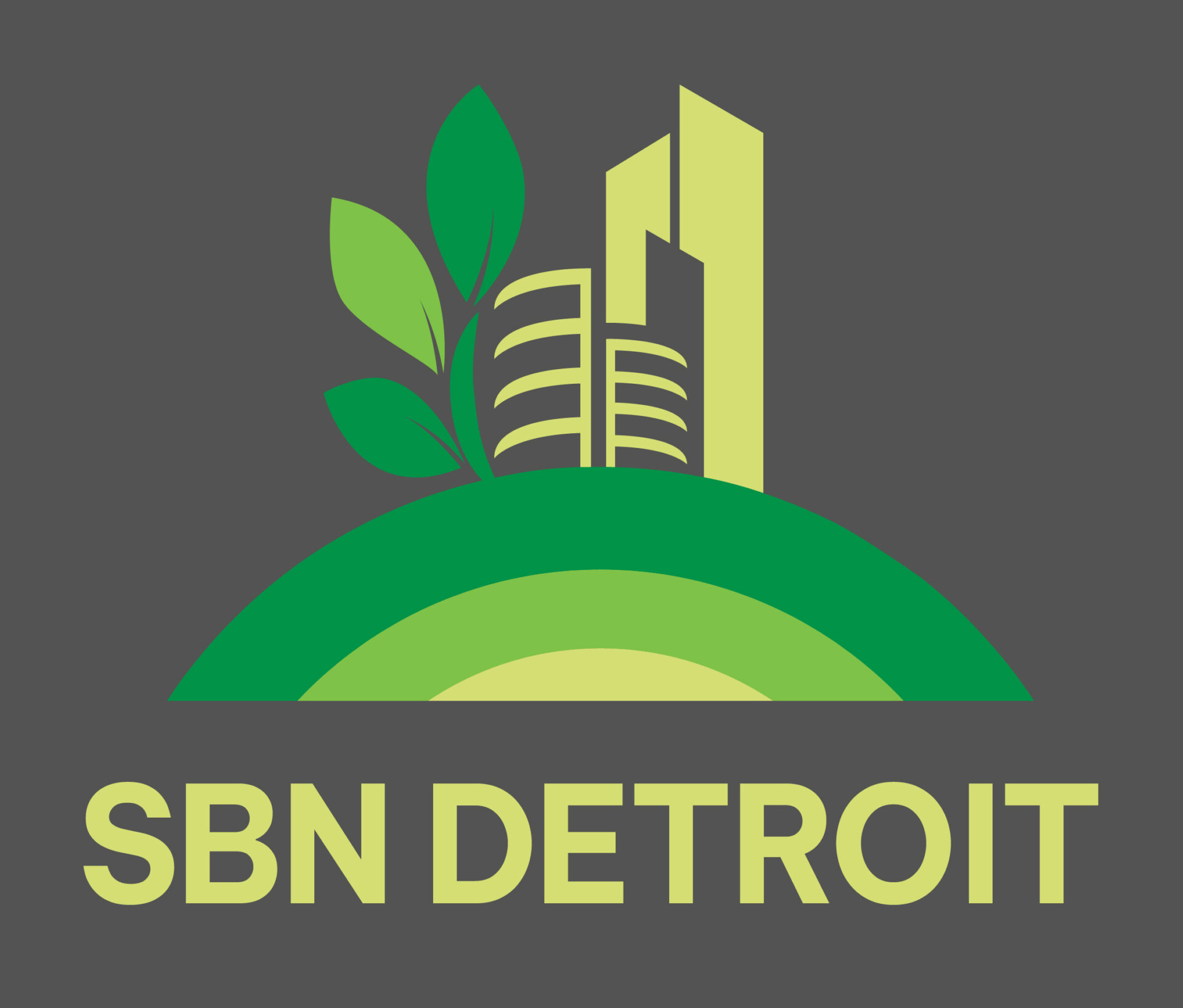Sustainability in Civil Engineering: Challenges, Innovations, and the Future

Spalding DeDecker is a Rochester, Hills-Michigan-based civil engineering and surveying firm specializing in infrastructure and land development, land surveying, landscape architecture, and urban planning. With decades of experience, the company has contributed to a wide range of projects, including transportation networks, private and public developments, and municipal services, balancing engineering excellence with evolving industry demands. SBN Detroit interviewed Tricia DeMarco, Director of Urban Design and Sustainability, and Bob Ford, Lead Landscape Architecture at Spalding DeDecker, to discuss the role of sustainability within their projects, as well as the challenges and opportunities of implementing eco-conscious infrastructure and design in Southeast Michigan. Q: How does Spalding DeDecker approach sustainability, and what methodologies or processes are you focused on? DeMarco: Spalding DeDecker has been around for 70 years, and like any forward-thinking company, we continually seek opportunities to evolve. Over the past five years, we’ve expanded our services to include urban planning and landscape architecture. This multidisciplinary approach is now essential for competing in sustainable projects. By integrating these disciplines, we ensure sustainability is considered holistically at every stage of development, rather than as an afterthought. Q: What are the biggest sustainability challenges the civil engineering and landscape architecture industries face today, particularly in infrastructure development and land surveying? DeMarco: Public funding and prioritization remain some of the biggest hurdles. Market conditions and regulatory approvals also pose significant barriers to innovation and development. Some of the most promising, forward-thinking projects stall or never come to fruition due to these constraints. Ford: In urban environments, implementing sustainability measures—such as water detention systems—offers clear environmental benefits. These solutions cleanse stormwater before it enters drainage systems, mitigate flooding, and improve water quality. However, they also require land and space which can be costly. Emerging technologies are helping to submerge these systems beneath parking lots and other developed areas, but they add significant costs that not all projects can absorb. Q: What are the specific sustainability challenges in Southeast Michigan? DeMarco: Having worked in multiple states, I’ve seen that one of Southeast Michigan’s biggest challenges is stormwater retention. Many areas, particularly in Detroit, have non-infiltrating soils, which means that even when regulations require on-site stormwater retention, the land itself can’t accommodate it. Contaminated urban soils further complicate stormwater solutions. Ford: That’s exactly right. Many of the soils in this region are heavy clay, which doesn’t allow for effective water infiltration. Additionally, in urban areas, we often encounter layers of fill material left from demolished buildings, which can create further challenges. If a site wasn’t properly backfilled or if remnants of previous structures remain, it adds complexity and cost to development. Q: Conversely, are there any specific opportunities in urban planning, infrastructure, and site design in Southeast Michigan? DeMarco: One of the greatest opportunities in Detroit and Southeast Michigan is the availability of land. While vacant land presents its own challenges, it also allows us to think creatively and implement solutions that wouldn’t be possible in more densely developed cities. Another opportunity lies in rethinking roadways. Rather than automatically widening roads, we can evaluate the entire right-of-way and explore alternative uses. Community engagement is also a significant advantage here—many projects are directly shaped by input from local residents and stakeholders, which isn’t always the case in other regions. Ford: In downtown Detroit, there has been a great deal of innovation surrounding stormwater runoff management, including drainage credit incentives for sustainable stormwater solutions. These regulatory challenges have actually fueled creative approaches and encouraged developers and engineers to think differently. Q: How does Spalding DeDecker integrate sustainable practices into projects like the Detroit Zoo? Can you share specific strategies or innovations that have made a measurable impact? DeMarco: The Detroit Zoo project provided an opportunity to approach sustainability from a much broader perspective than is typical in most projects. One of the key focuses was stormwater management. Instead of viewing stormwater as a nuisance, we considered it a valuable resource. Through the Zoo’s Discovery Trail project, we designed a system that captures and can be used in the future to repurpose stormwater for practical uses such as flushing toilets and irrigation. By treating stormwater as an asset rather than a problem, we were able to create a more sustainable and efficient solution. Pursuing SITEs Certification on this project also encouraged us to think creatively about preserving existing soil composition and protection of the underlying mycelium networks which, as an industry, we are gaining an increasing understanding of the importance of leaving these site elements undisturbed. Q: When it comes to private and public development projects, how do you balance environmental responsibility with economic feasibility? DeMarco: Environmental responsibility and economic feasibility go hand in hand. At its core, sustainability is about managing the tension between the two. One of the most cost-effective approaches is leveraging the existing natural systems of a site rather than working against them. Respecting and integrating these systems can lead to both economic and environmental benefits. Ford: There’s always a balance to strike. Incorporating sustainability measures often requires an upfront investment, but there are ways to offset costs. Recycling materials—such as using crushed concrete as base material—can reduce expenses while maintaining structural integrity. We also prioritize stormwater infiltration where possible, using green infrastructure to not only manage water but also enhance aesthetics. Trees and green spaces don’t just help with stormwater; they reduce the heat island effect, improve air quality, and enhance the pedestrian experience. Q: What are the biggest barriers to incorporating sustainable practices into large-scale projects? DeMarco: The biggest barrier is the status quo. It’s far easier to do things the way they’ve always been done. True sustainability requires stepping back, understanding the unique context of a project, and identifying site-specific opportunities. Ford: Absolutely. Regulations often dictate project design based on traditional methodologies, limiting the ability to explore more sustainable alternatives. That’s why it’s crucial to involve clients and regulatory agencies early in the planning process to explore new approaches before a project becomes locked into a conventional path. Q: How is climate change
Becoming Sustainable in a Water-Intensive Business

In 2013, industrial designer Shayla Johnson launched Scarlet Crane Creations and began selling her stationery and other prints at The Rust Belt Market in Ferndale. She quickly realized her disdain for using paper as a medium due to the waste it created. Pivoting to natural and organic fabrics and eco-friendly inks, she created her Detroit Collection which includes home décor and accessories made from original and sustainable hand-printed fabrics. Over the next eleven years, she progressed her sustainability practices and is now revamping her systems, equipment, and space toward the preservation of water and the support of using organic dyes and materials. SBN Detroit interviewed Johnson about the impetus behind her vision, the challenges in executing sustainable practices in the print and textile industry, and the solutions she is employing. Q: What is the company’s approach to sustainability? A: Sustainability is always a thread in my thinking and I’m always looking for ways to do better. I’ve progressed from paper to fabric to more responsible fabric and continue this evolution. I use all organic and eco-friendly inks. We are also focused on a closed-loop system that allows us to recycle the water we use. Q: What inspired you to focus on your water usage, and what are the challenges in the printing/textile industry that you face regarding this? A: At one point along the way I measured how much water I was using in one print session, and it was ten gallons. To put this in perspective, that involved dying about ten to 15 yards of fabric. I saw this as completely problematic, watching all that water go down the drain. And began to think exponentially – what does this look like across the country and globe? I have come to find out that the global textile industry utilizes 1.3 trillion gallons of water annually – enough to fill 2 million Olympic-sized pools. Q: What did you do next? A: Water-based inks have always been my focus. I knew that going forward when I dump the waste, I needed to make sure it was filtered and disposed of properly and the water was reused. I began working with Centrepolis, and they connected me to Dr. Refael Aharon, an expert in textile recycling. We worked for four months studying my processes and developed a system that he outlined for me including recommendations and the equipment and type of space I will need. Q: You recently won a $10K grant from Michigan Women Forward to expand your space to accommodate this. What has this involved? A: That’s right. I am part of the Motor City Match program now and am in the development track, where I’m getting help to further plan the space and secure a location. Q: You utilize fabrics that are sourced in the U.S. and the production is focused locally in Detroit. What challenges come with this? A: The companies we order from are all American-based companies, and it is all organic cotton and linens, etc. But there are very few mills in the U.S. these days, so some of the raw goods are unfortunately imported. The companies we buy from all have a commitment to sustainability, and I try to purchase as much fabric as I can locally. Our bread-and-butter product – tea towels – is from a fabric company in Michigan. Q: What are the challenges in working with organic inks and dyes? A: Using natural dyes requires a different process that is more labor-intensive and therefore takes longer. These dyes are made from plants and proteins that come from cactuses and other natural sources and can be more expensive to source. Since they are all-natural, they don’t last as long. We have to use them faster and that can be tricky to manage. So, the biggest barrier becomes being able to produce in a way that still allows us to sell the products at a reasonable price. However, my clients appreciate and seek out these products purposefully, choosing not to purchase ink that requires solvents and materials made of synthetics, etc. So, they are not surprised by higher price points. This model aligns with slow fashion – being thoughtful and intentional about the outcome even if that takes longer. I believe in having an item that will last longer and that won’t end up in a landfill. Q: Are there additional sustainability practices you deploy? A: Some of our items are created from upcycled materials like jeans and pre-owned items. People also like these because they are one-of-a-kind. Q: In terms of sustainability – does your location in Detroit come into play? A: Yes. Because there has been a resurgence of interest around Detroit and people are looking to focus efforts in this area, that has helped. People want to support us. My assistant is a College for Creative Studies graduate, and I want to continue to train students locally who have a passion for fibers and sustainability around textiles. I want to keep all of that within the Detroit ecosystem. Q: What are the barriers you have faced operating sustainably as a smaller company? A: The inability to work as quickly as we’d like. Also, the dyes I mentioned. Some only last two to three weeks, so we try to print as much as we can in a few sessions before the vat goes bad. Organic materials can be unstable. You constantly must keep them fresh. Q: What is your advice to other design/textile companies like yours when it comes to sourcing locally to help the economy and be more sustainable? A: I believe in collaboration, especially with local schools and universities. I think sticking to a local pipeline of talent is important. I work as an adjunct at CCS, and it’s really been useful to me to bounce ideas off of others. My advice is to never work in a silo – build a community. To that end, I belong to a couple of community printmakers in the area and have been deeply


